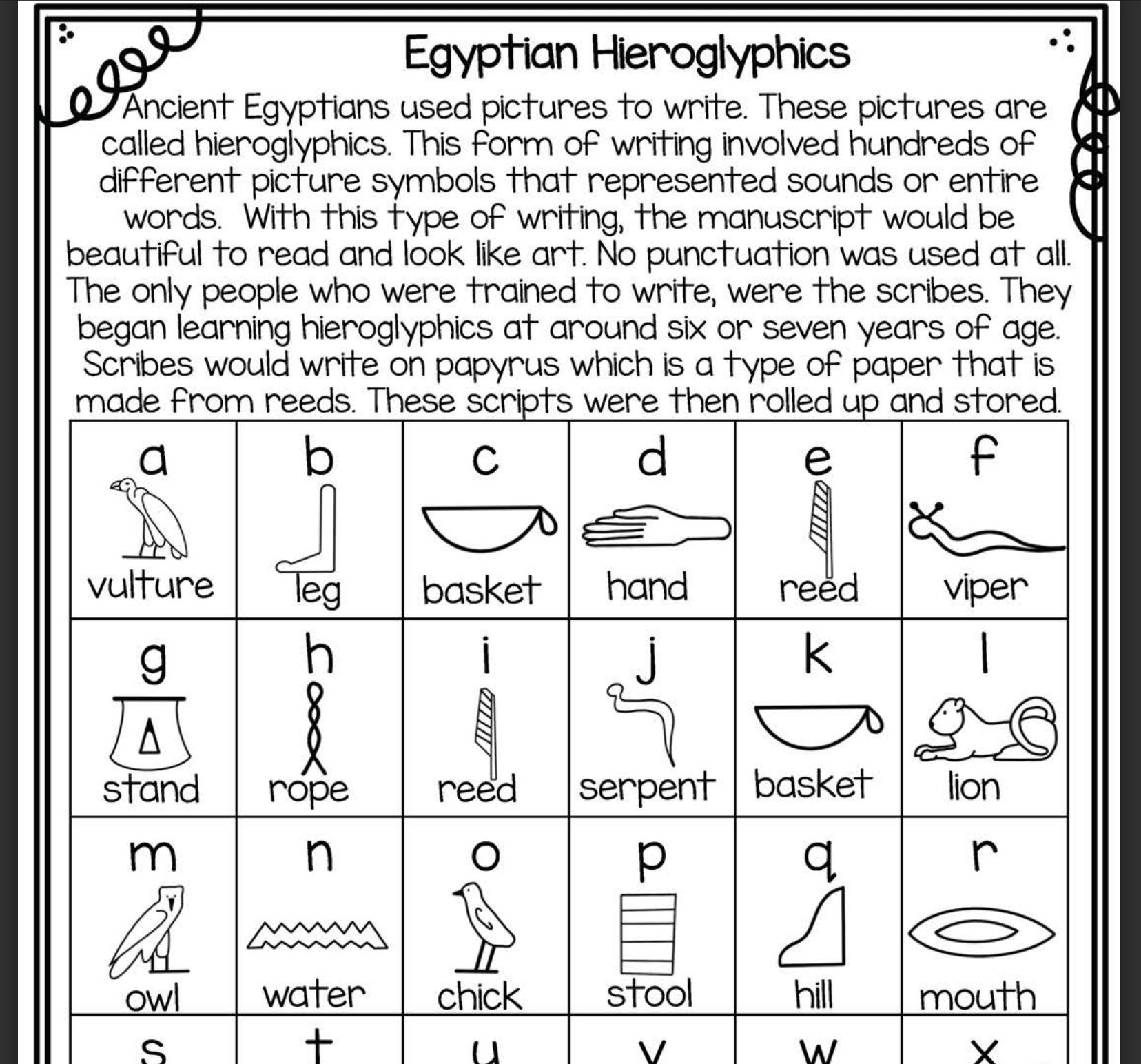World History 1: Ancient Times
Description
We suggest waiting until second grade to begin formal history study, as it requires a more mature attention span than listening to fiction literature. Though our curriculum schedules this course for second grade, it works well as an introduction to ancient history for any elementary or middle school student.
Unlike mainstream elementary schools, we recommend an in-depth study of world history before focusing on American history. Modern communities and workplaces are a blend of people from all over the world, and thoroughly learning world history makes it easier to relate to these diverse backgrounds. We also believe students are better equipped to appreciate the uniqueness of America after becoming familiar with world history.
The four Story of the World books are used to provide structure to elementary history. The books progress in chronological order from ancient to modern times over the course of four years. We suggest sticking to this order and completing no more than one book per year, as the later books are written at a more advanced level appropriate for the end of elementary school.
Each Story of the World book contains 40 to 45 chapters and, at a rate of one chapter per week, can be completed by the end of May. Whether or not your family does summer vacation, we suggest taking a break from structured history at this point and commencing the next book in August.
In most months, we list optional historical biographies and historical fiction literature which are timed to coincide with your progress through the Story of the World. We recommend choosing from among these to read in conjunction with each week's chapter. (If there are too many, you may save some for later by moving them to a different month in your curriculum.)
The Story of the World book is designed to be read aloud to elementary grade children; older children should be able to read it independently. We recommend purchasing the test booklet that accompanies Story of the World (available at amzn.to/3G6nLlM), and having your child complete the tests either orally or in writing at the completion of each chapter to encourage retention of basic facts. The tests are brief and not overly demanding for a second-grader. Beyond this, there is no need for your child to memorize dates or complex details. Instead, treat history as a fun exploration of mysterious cultures and colorful characters.
Course components
The Story of the World Volume 1: Ancient Times
By Susan Wise Bauer
Maroo of the Winter Caves
By Ann Turnbull
Ancient Egypt: Tales of Gods and Pharaohs
By Marcia Williams
The Golden Goblet
By Eloise Jarvis McGraw
Egyptian hieroglyphics activity
By Beth Gorden
Who built the pyramids?
By Jane Chisholm
Please activate your membership to view the remaining course components.





